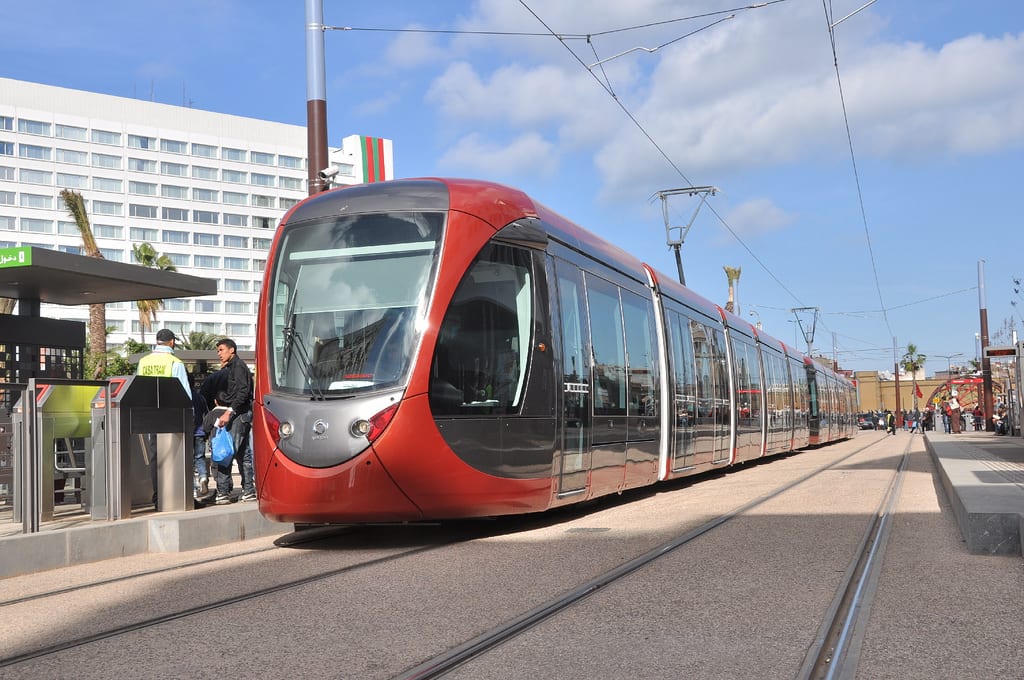The eThekwini Municipality in South Africa is set to embark on a comprehensive study to assess the feasibility of introducing a tram-light rail system that would link Durban’s downtown area with King Shaka International Airport.
This initiative aims to explore the potential of a sustainable, practical, and integrated public transport solution that could support Durban’s future growth, reduce traffic congestion, and stimulate urban renewal.
Key Drivers for the Project
Population Growth
With the metropolitan area of Durban expected to experience significant population growth, the proposed tram/light rail system is envisioned as a means to alleviate pressure on the city’s current transportation network. By offering a reliable and eco-friendly alternative, the project could help meet the mobility needs of a growing population.
Economic Development
This transit system could significantly improve accessibility to vital economic zones, including Durban’s bustling downtown area and the fast-growing precinct around King Shaka International Airport.
As a major hub for tourism and business, the airport would greatly benefit from a streamlined public transit link, enhancing the city’s appeal for visitors and commuters alike.
Urban Revitalization
The tram/light rail project could become a catalyst for urban regeneration by providing easy and accessible transport options. This, in turn, could attract residential and commercial investments along the proposed routes, bringing renewed energy to these areas.
Integrated Public Transport Network (IPTN) Plan
The study aligns with eThekwini’s broader Integrated Public Transport Network (IPTN) Plan, which envisions nine main transit corridors, including:
- KwaMashu to Durban CBD: Passing through Malandela Road, Inanda Road, and Umgeni Road.
- North-South Rail Corridor: Linking KwaMashu Station and Bridge City through Effingham and Greenwood Park to central Durban, Umlazi, and Isipingo Station.
- Bridge City to Pinetown CBD: Via the M25 and MR577 corridors.
- Bridge City to Mobeni: Connecting through the M25 and N2, with an extension via Edwin Swales Drive to Clairwood.
- Chatsworth to Durban CBD: Following Higginson Highway and South Coast Road.
- Mpumalanga to Durban CBD: Along the M13 through Pinetown and connecting via the N3.
- Hillcrest CBD to Durban CBD: Running through Umgeni Road, North Coast Road, and Blackburn Road, and extending via Umhlanga Rocks Drive, Cornubia, and King Shaka International Airport, with an additional extension along Watson Highway to Tongaat CBD.
- Bridge City to Umhlanga Rocks New Town Centre: Through Phoenix Highway and Cornubia.
- Phoenix Industrial to Durban CBD: Passing through the Phoenix Industrial area and Northern Drive.
An exclusive rail link connecting Durban’s downtown to King Shaka International Airport is also under consideration.
The study, projected to be completed within 6-12 months of awarding the tender, will deliver detailed insights on route feasibility, required infrastructure, and operational plans.
This crucial step will determine how Durban can realize a sustainable transit system that not only improves connectivity but also enhances urban vitality and resilience.
Also Read
Big boost for Zambia Lobito Rail project as AFC signs concession agreements
Africa’s largest methanol plant gets AFC support

